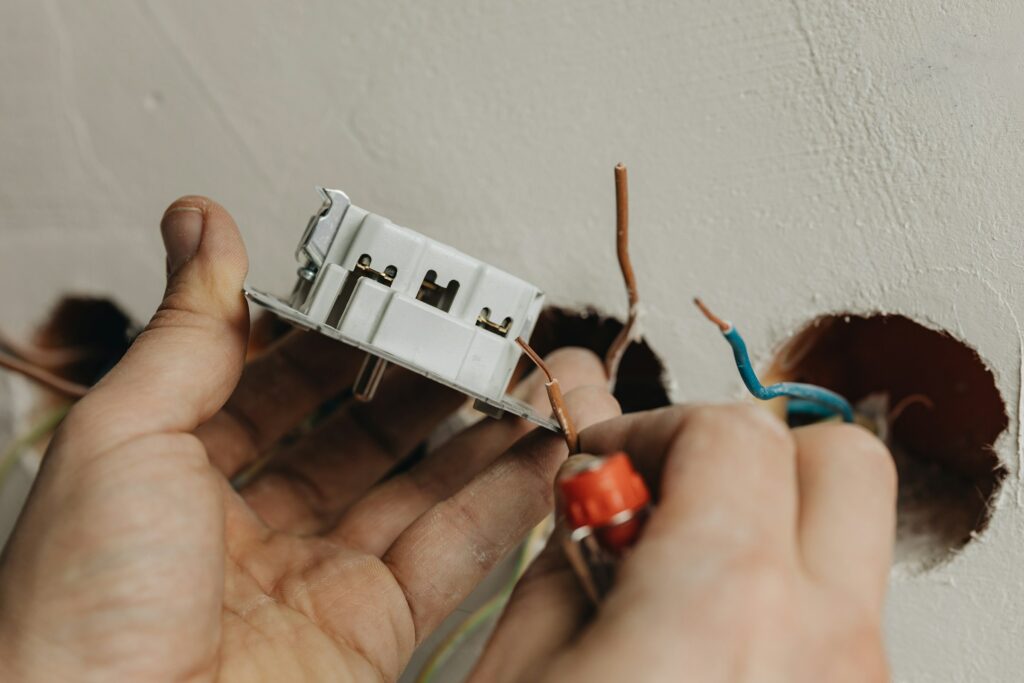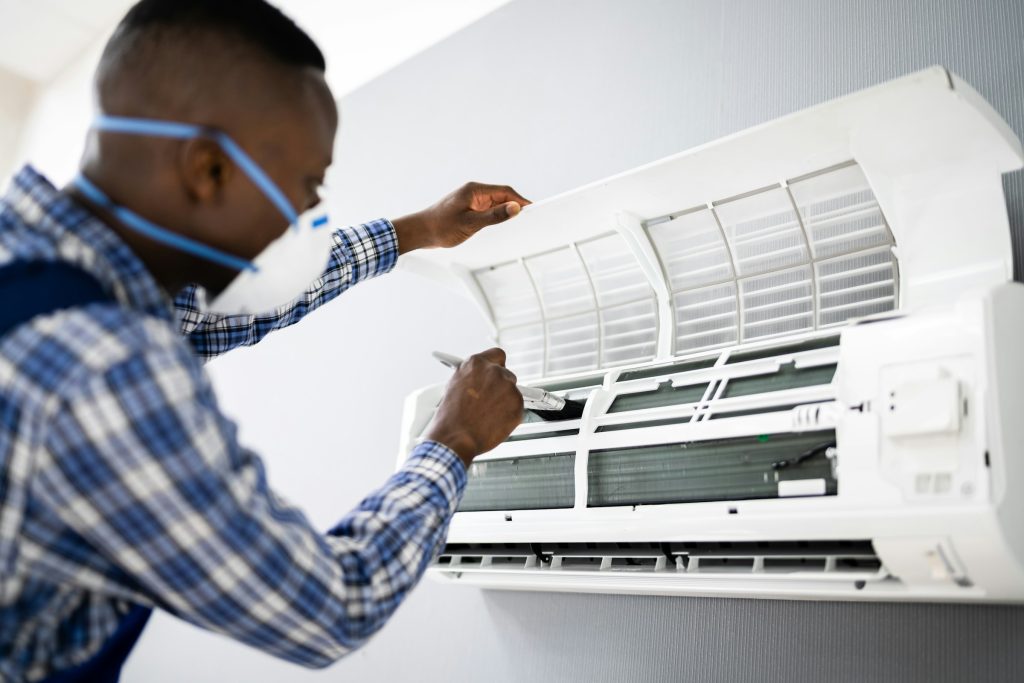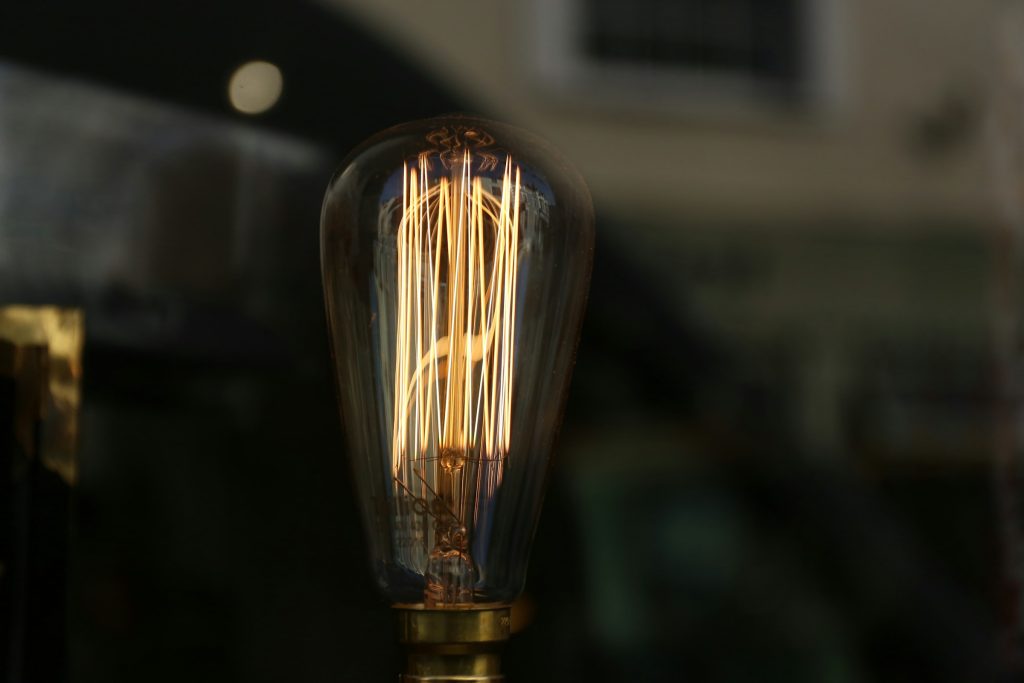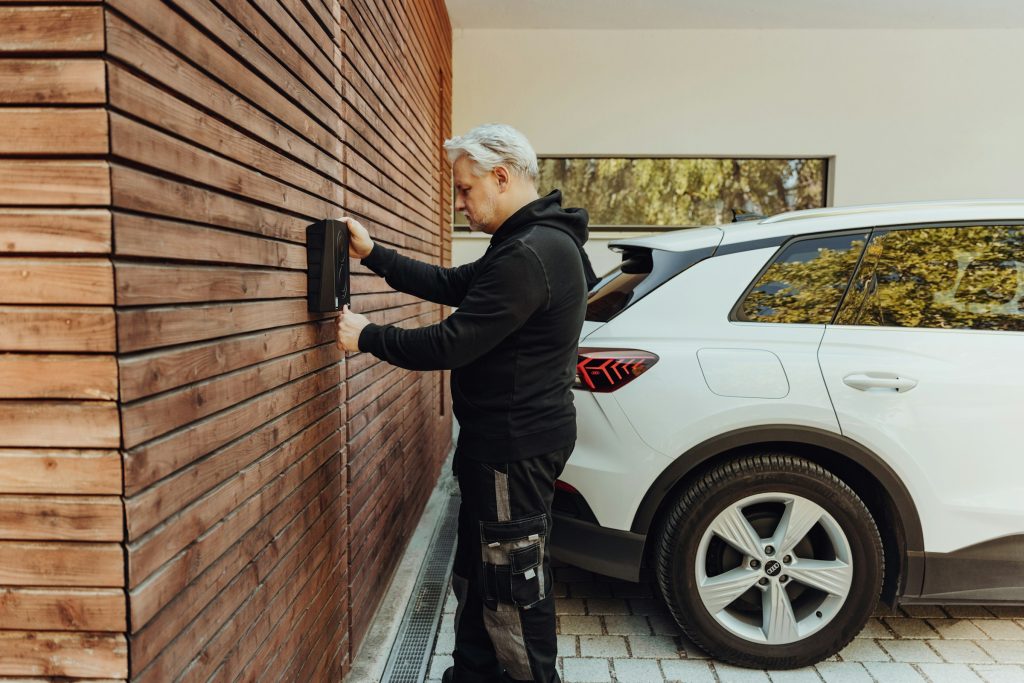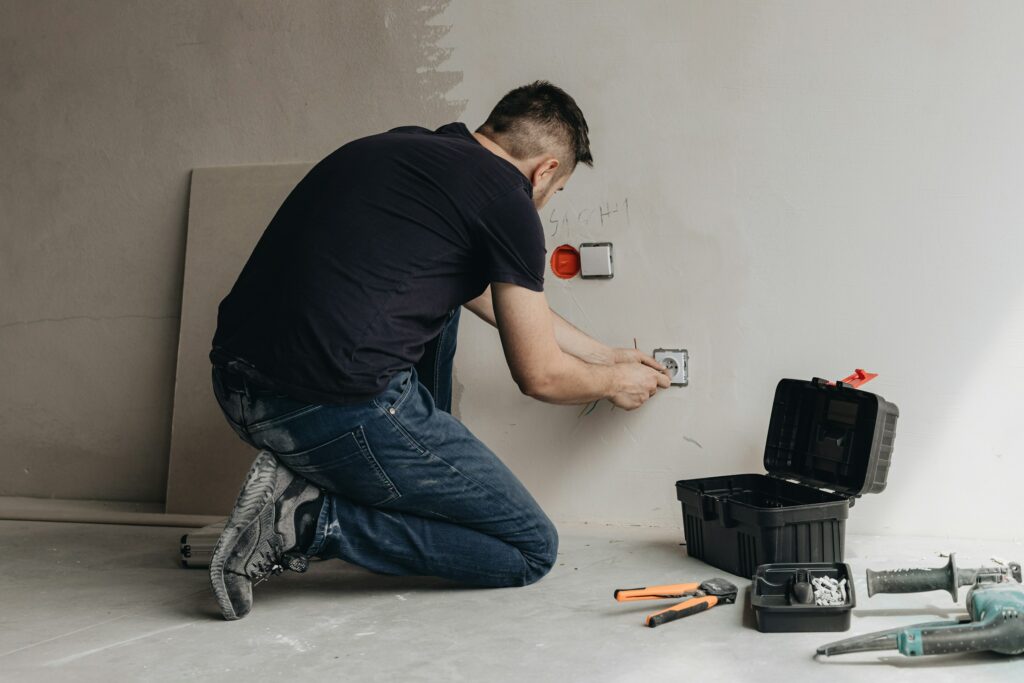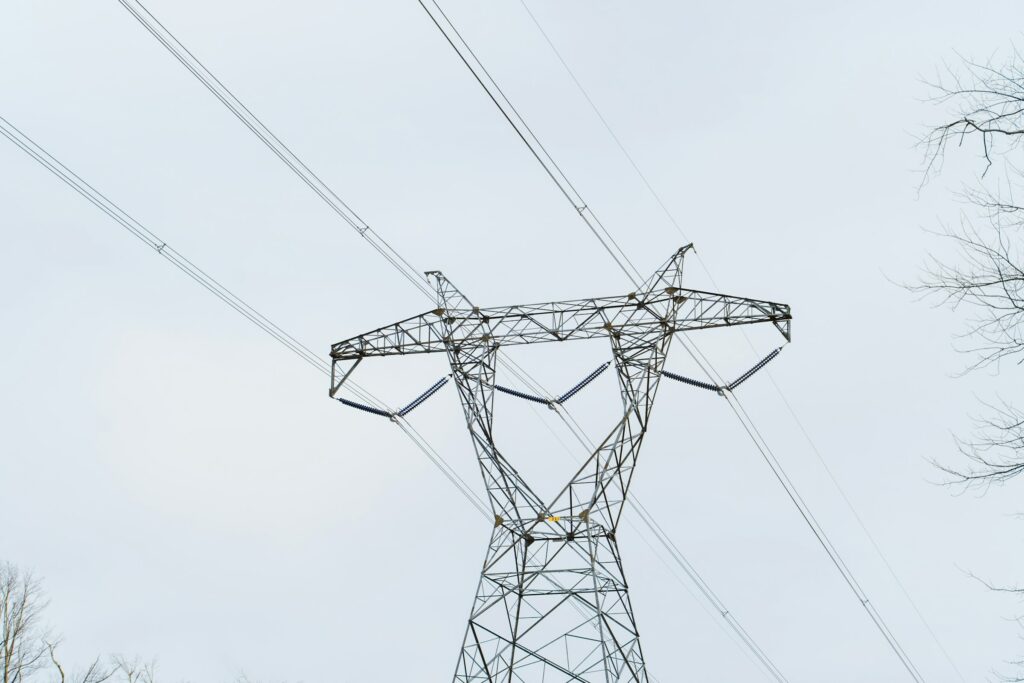Embarking on the journey of building your dream home? Don’t underestimate the power of a well-planned electrical wiring layout—it’s the backbone of your home’s functionality and comfort. Here’s a deep dive into the nuts and bolts of planning your home’s electrical system.

Electrical Wiring Layout: Wiring Types and Components
Choosing between copper and aluminium wires is crucial when planning the electrical wiring for your new home. Each type has its advantages and disadvantages that should align with your priorities and budget.
Copper Wiring:
- Pros: Copper wiring boasts superior electrical conductivity, making it more efficient in conducting electricity. It’s also more durable and less prone to corrosion, ensuring longevity. Copper’s lower thermal expansion coefficient means it doesn’t expand as much as aluminium under heat, maintaining stable connections.
- Cons: The main drawback of copper wiring is its cost, as it’s generally more expensive than aluminium. Additionally, copper is heavier and more rigid, making it more challenging to handle during installation.
Aluminium Wiring:
- Pros: Aluminum wiring is notable for its affordability, costing about half as much as copper. It’s also lighter and more malleable, which can be advantageous in certain installations. In long-distance applications, like between power poles, aluminium’s lighter weight makes it preferable.
- Cons: The downsides of aluminium wiring include a higher expansion and contraction rate when current flows through it, potentially leading to loosened connections over time. It’s also more susceptible to corrosion and has a higher thermal expansion, which can be problematic in certain setups. Aluminum has approximately 40% lower current capacity than a copper conductor of the same size.
Future-Proofing Your Home
In the context of planning for electric vehicles and smart home technology in your new home, including a 50A/220V circuit in your garage is highly recommended. This type of circuit is essential for efficiently charging electric vehicles (EVs) at home.
A 50A/220V circuit allows for Level 2 EV chargers, which can recharge an EV much faster than the standard Level 1 charger, typically in about three hours. Level 2 chargers generally require a dedicated 240V, 40 to 50 amp circuit to operate effectively.
Furthermore, installing a 50A/220V circuit during the initial construction of your home is significantly more cost-effective than adding it later. This foresight caters to current needs and anticipates future technological advancements and the increasing adoption of electric vehicles. Ensuring the presence of such a circuit in your garage makes your home future-ready. It can be a convenient and attractive feature, especially as the shift towards electric vehicles grows.
When selecting an EV charger for a 50A circuit, it’s essential to adhere to the 80% rule recommended by the National Electric Code. This rule suggests that electrical circuits should be designed to carry no more than 80% of their rated load, a critical safety precaution to prevent overheating and potential fires.
For a 50A outlet, this means choosing an EV charger that does not exceed 40 amps output. Chargers come in a range of amperages, so selecting one that matches your vehicle’s charging needs and the power rating of your outlet is essential.
Incorporating a 50A/220V circuit in your garage is a strategic move that aligns with modern electrical needs and paves the way for embracing evolving technology in your new home.
Outlet and Switch Planning: A Balancing Act
Planning the placement of electrical outlets and switches in your new home is crucial for convenience and functionality. The strategy involves several key considerations:
Furniture Placement:
Before finalizing the outlet and switching locations, consider the layout of your furniture. It helps determine the most practical spots for outlets and switches, ensuring they are accessible and not blocked by furniture.
Extra Outlets:
In rooms with multiple appliances or high usage, like kitchens and living rooms, it’s wise to install more outlets than you might initially think necessary. It avoids the need for extension cords and ensures all appliances can be used conveniently.
Bedrooms and Living Rooms:
For bedrooms, consider the placement of beds, dressers, and desks to ensure outlets are conveniently located. In living rooms, placing outlets in each corner and at the centre of walls can be beneficial, especially for entertainment systems and charging stations.
Kitchen and Bathrooms:
Plan outlets for major kitchen appliances and countertop areas, ensuring they are equipped with GFCI protection. In bathrooms, outlets should be safely placed away from water sources and have GFCI protection for appliances like hair dryers or electric shavers.
Visual Aesthetics:
Remember, outlets and switches will be visible elements in your home. Their placement should complement the room’s aesthetics and not interfere with décor elements like art or furniture.
Special Requirements:
Think about special needs like Christmas lighting or charging stations. Planning for these specific requirements in advance can add to the functionality of your home.
Garage and Home Office:
Don’t overlook areas like the garage and home office. Garages may need outlets for power tools, and home offices require careful planning for desks and electronics, possibly including floor plugs for more flexible furniture arrangements.
While these tips can guide you, consulting a professional electrician can ensure that your electrical layout meets your personal needs and safety standards.
Safety First: Grounding and Circuit Protection:
In electrical systems, grounding and circuit protection are fundamental for ensuring safety and compliance with the National Electrical Code (NEC). Grounding involves connecting electrical systems to the earth, allowing fault currents to dissipate safely.
This process is critical for preventing electrical shocks and fires, especially during short circuits or lightning strikes. The NEC’s Article 250 is dedicated to grounding and bonding, offering detailed guidelines for properly installing and sizing grounding systems.
Circuit protection, another crucial aspect covered by the NEC, involves using devices like circuit breakers and fuses to prevent overloading, which can lead to electrical fires. Ground Fault Circuit Interrupters (GFCI) and Arc Fault Circuit Interrupters (AFCI) are also mandated in specific areas to protect against shocks and electrical fires. Regular testing and maintenance are essential to ensure the continued effectiveness of grounding and bonding systems.
This includes resistance testing to check the quality of the grounding system and maintenance procedures to address any issues identified, such as loose connections or corroded electrodes.
The NEC sets forth rules for safe wiring and circuit protection, emphasizing approved wiring materials, correct grounding of electrical systems, and appropriate wire sizes for each circuit. It is crucial to follow these standards to meet legal requirements and ensure safety from potential electrical hazards. Non-compliance can result in penalties, reduced safety, and possibly affect insurance coverage.
Energy Efficiency: A Bright Idea
Energy efficiency in home electrical wiring is a crucial aspect of sustainable living. A key strategy to enhance energy efficiency is selecting the appropriate electrical wire size. You can significantly increase energy efficiency by installing wires just one size larger than the minimum requirement set by the National Electrical Code.
This seemingly small change reduces power losses, thereby offsetting the cost of the wire and saving on energy costs. Not only does this approach yield quick paybacks, but it also minimizes generated heat, reducing energy requirements for cooling systems like fans and air conditioners.
Another important consideration is the use of energy-efficient controls in your electrical installation. These controls should enable you to monitor energy usage effectively, helping you identify areas where you can improve efficiency. They should not compromise safety and must be responsive to user needs. Using a well-thought-out control system, effective load management can optimize energy use and reduce waste.
It integrates various aspects like time controls, daylighting, external temperature, and occupancy detection. Moreover, deploying electrical meters throughout your installation can assist with compliance and operational energy efficiency. They provide valuable data that can be used to assess and improve energy consumption patterns.
In addition to these electrical considerations, adopting a whole-house systems approach to home energy efficiency is beneficial. This method encompasses various aspects of a home, including appliances, insulation, lighting, and heating systems.
By considering the interactions between these different elements, you can create a more energy-efficient living space. Furthermore, exploring renewable energy systems and incorporating energy-efficient designs like cool roofs or passive solar home designs can further enhance the overall energy efficiency of your home.
Maintenance and Upgrades: Keeping Current
Regular electrical maintenance is essential for several reasons, all of which contribute to the overall safety, efficiency, and longevity of your home’s electrical system.
- Ensuring Safety: One of the primary reasons for regular electrical maintenance is safety. Over time, electrical systems can deteriorate, leading to potential hazards such as fire risks and electrocution. Routine inspections can identify and fix issues like overloaded circuits, faulty wiring, and outdated electrical components, thus minimizing these risks.
- Extending Component Lifespan: Regular maintenance also helps prolong the life of electrical components. By addressing issues like wear and tear, loose connections, and voltage fluctuations early, you can prevent further damage to your system and ensure it operates efficiently for a longer period. This approach not only saves you money in the long run but also maintains the reliability of your system.
- Improving Energy Efficiency: A well-maintained electrical system is more energy-efficient. Maintenance checks can identify energy-draining issues, allowing you to make necessary upgrades or repairs. It could include replacing outdated appliances with energy-efficient ones, optimizing lighting, or fixing power leaks. As a result, you can enjoy lower energy bills and a reduced environmental footprint.
- Preventing Power Outages and Disruptions: Regular inspections and maintenance can prevent unexpected power outages and disruptions. By addressing potential problems before they escalate, you can ensure a consistent and reliable power supply, avoiding the inconveniences and dangers of unexpected electrical failures.
- Compliance with Electrical Codes: Regular maintenance ensures your electrical system complies with current safety codes and regulations. It is especially important when making home upgrades or installing new appliances, as it helps avoid legal issues and ensures that your electrical system can safely support these changes.
Frequently Asked Questions:
What’s the best type of wiring for my home?
The choice between copper and aluminium wiring depends on your budget and durability requirements. Copper is more durable but costlier.
How many outlets should I plan per room?
Plan for an adequate number of outlets, considering the room’s usage and future needs. This reduces reliance on extension cords, which can be hazardousu.
Are special outlets needed for bathrooms and kitchens?
Yes, GFCI outlets are essential in these areas to prevent electrical shocks due to their proximity to water sources.
The Bottom Line:
In conclusion, a well-thought-out electrical wiring plan is crucial for a safe, efficient, and comfortable home. It’s about balancing current needs with future possibilities, ensuring safety, and embracing energy efficiency. Consulting a professional is always the best course of action when in doubt. Happy wiring!
